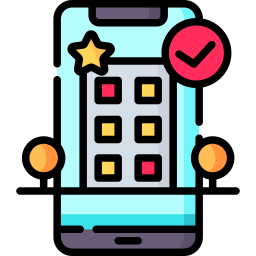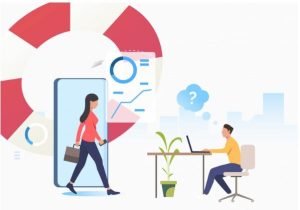Case Study 1
Smart Hotel Rooms for Personalized Comfort and Guest Experience (Hospitality Focus)
Challenges
Traditional hotel rooms lack personalization and often rely on generic settings for temperature, lighting, etc. Hotel and restaurant companies struggle to offer a truly customized experience for each guest.

Solutions
Hotels can implement smart room technology with sensors and connected devices. Guests can control room temperature, lighting, and even curtains through a mobile app or voice assistants. Sensors can detect guest presence and automatically adjust settings based on preferences. For example, the room can cool down upon guest entry or adjust lighting for reading upon detecting someone on the couch.

Benefits

Enhanced guest comfort and satisfaction through personalized control over room environment.

Improved energy efficiency by automatically adjusting settings when rooms are unoccupied.

Increased guest loyalty and positive reviews through a more memorable and convenient experience.

Potential for upselling services like in-room dining or spa treatments through the mobile app.
Case Study 2
Restaurant Kitchen Automation with Smart Appliances and Real-Time Data (Restaurant Focus)
Challenge
Traditional restaurant kitchens rely on manual processes and may struggle with inefficient workflows and inaccurate inventory management. Hotel and restaurant companies face challenges in optimizing kitchen operations and minimizing food waste.

Solution
Restaurants can equip their kitchens with smart appliances like connected ovens or refrigerators. These appliances can monitor food preparation times, temperature control, and even ingredient inventory levels. Real-time data is transmitted to a central platform for analysis and optimization. For example, smart ovens can automatically adjust cooking times for perfect results, while inventory data can trigger alerts for restocking needs.

Benefits

Improved food quality and consistency through automated cooking processes and precise monitoring.

Enhanced kitchen efficiency with real-time data on equipment performance and workflow optimization.

Reduced food waste by minimizing overstocking and optimizing ordering based on real-time inventory data.

Improved decision-making for menu planning and ingredient ordering based on data-driven insights.
Case Study 3
Connected Tables and Interactive Menus for Streamlined Ordering and Increased Revenue (Hospitality & Restaurant Focus)
Challenge
Traditional restaurant table service may be slow or inefficient, and static menus limit upselling opportunities. Hotel and restaurant companies struggle to offer a seamless dining experience and maximize customer spending.

Solution
Restaurants can implement connected tables with interactive touchscreens. Guests can browse digital menus with detailed descriptions, high-quality images, and even customizable options. Orders can be placed directly through the touchscreen, eliminating the need to wait for a server. Additionally, the system can recommend add-on items or suggest food pairings based on the chosen dishes, potentially increasing revenue.

Benefits

Faster and more convenient ordering process for guests, reducing wait times and improving satisfaction.

Increased revenue potential through upselling opportunities and targeted menu recommendations.

Reduced workload for wait staff, allowing them to focus on providing exceptional customer service.

Valuable data insights into customer preferences and ordering patterns to inform menu development and promotions.
These cases highlight how hotels and restaurant companies can leverage IoT technology to address challenges in both hospitality and restaurant operations. By implementing IoT solutions, these companies can personalize the guest experience, optimize kitchen management, and create a more streamlined and revenue-generating dining experience.
